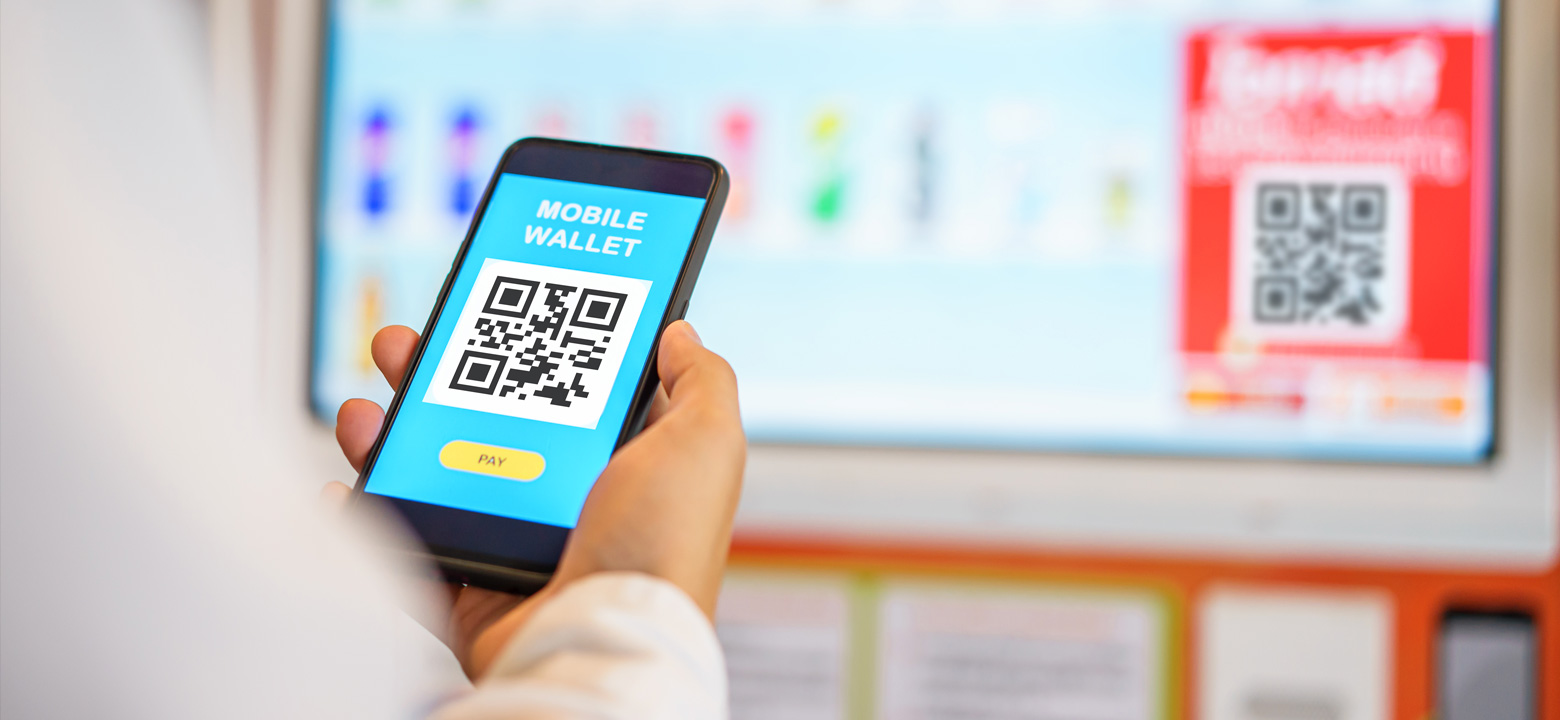
Technology is advancing at a rapid pace, and it's affecting the vending industry just as much as anything else. Automation and “micro markets” are becoming more and more popular, and the days of a basic candy or beverage machine are over—today's consumers are flocking to machines that are more advanced and provide more services. Providers that don't stay on top of things are likely to get left behind. Here are the latest trends gaining steam in the vending world this year:
Whether for the sake of convenience or safety, the average person no longer carries as much cash as they used to—if they carry any at all. More and more transactions involve debit, credit, or even payment services like Apple Pay or Paypal. While vending machines that accept credit or debit cards aren't exactly cutting-edge anymore, expect to see more and more that offer digital wallet options. There were over 252 million Apple Pay users around the world in 2019, and that doesn't account for all of the users of WePay, Google Pay, and other non-Apple services. This number is only expected to grow, and vendors should take advantage of this opportunity.
Modern consumers pay a lot of attention to what they eat and drink. They read labels, and a significant portion follow vegan, vegetarian, non-GMO, or gluten-free diets, among others. (The gluten-free industry alone is expected to reach 4.6 billion this year.) The power to make dietary choices that they feel good about is important to them, and the vending industry is working to cater to that. Vegetarian- and vegan-only vending machines are on the rise, but some vendors are also stocking their plant-based and gluten-free selections alongside their conventional product lines. Some retailers are even using a vending machine format to bring their customers fresh, healthy, restaurant-quality salads and pasta dishes.
Vending machines offer convenience, but many potential customers are leery of the amount of trash they produce. It's no secret that the entire world is facing an enormous plastic problem, and some vendors are responding by providing products in plastic-free or even reusable packaging. Others have introduced the concept of “reverse vending,” which uses machines to take in, sort, and process used glass or plastic containers. A New Zealand brewery has introduced a machine that crushes beer bottles into usable, fine-grained sand—part of an initiative to help save beaches by providing this glass-based sand substitute to construction, retailers, and other industries that typically use non-renewable beach sand.
Millennial customers expect good customer service, and won't think twice about shopping elsewhere if they don't get it. While it might be tough to imagine a vending machine providing any level of customer service, that's changing. More and more vendors are realizing that they need to start providing customizable options to their customers. What's more, as machines become more advanced, their ability to identify and even “recognize” customers is improving. Eventually, a customer might be able to walk up to a vending machine and have it automatically start crafting their usual morning coffee. In the future, machines may even be able to use cameras and profiling technology to attempt to reach their target demographics.
It's time to expand the idea of a vending machine. In 2018, Amazon tried out the concept of a fully unmanned grocery store, where visitors could walk in, pick up what they needed, and walk out, while the store itself automatically kept track. Then Kroger tried out an automatic grocery delivery service. More and more grocery, food, and beverage companies are trotting out automated or fully unmanned stores, giving consumers the convenience of a conventional vending machine with the atmosphere and selection of a fully stocked store.
Increased payment security and fraud detection goes hand-in-hand with the uptick in cashless and mobile payments. Even swiping a card carries a risk—fraudsters can skim and spoof credit data using vending machines, making many people hesitant to use them. Cards with integrated circuit chips are becoming the new standard. Even though they're equipped with magnetic stripes for backwards compatibility, paying with the chip is growing in popularity. It's faster and, in many cases, much more secure than swiping.
The days of patting your pockets for enough loose change to feed into a soda machine are long over. Today's vending machines can take credit, integrated chip cards, and even mobile payments, offer environmentally-friendly and health-conscious choices, allow customers to customize their selections, and carry a lower risk of card spoofing. In some cases, they may not even be machines at all—they could be entire grocery stores. These trends represent more than a passing fad in the vending industry, they're a strong indicator of the kind of clientele that retailers will have to work to cater to in 2020 and beyond.